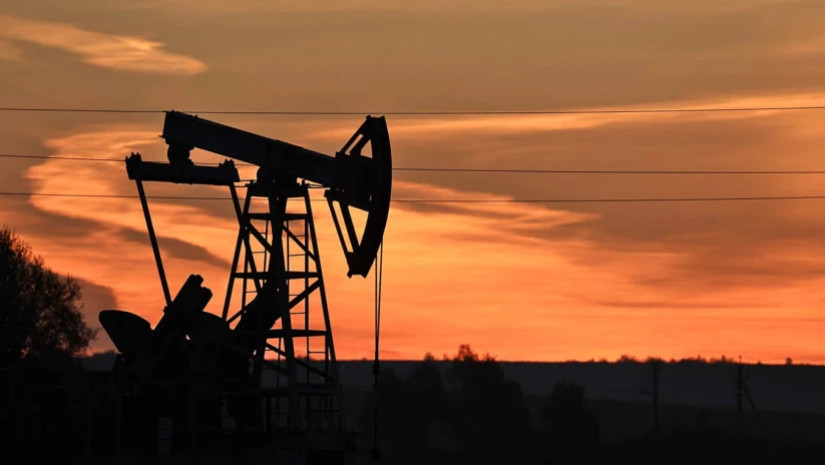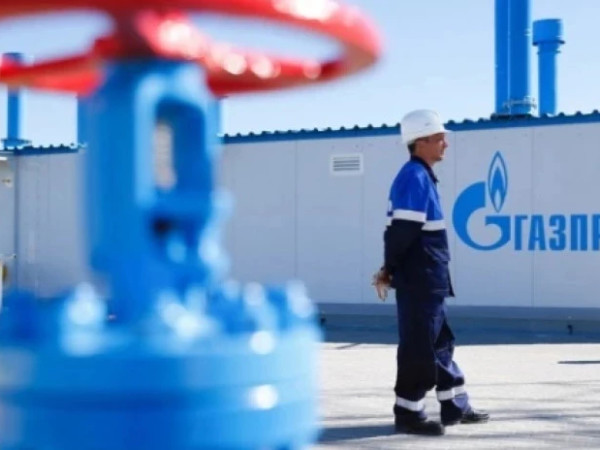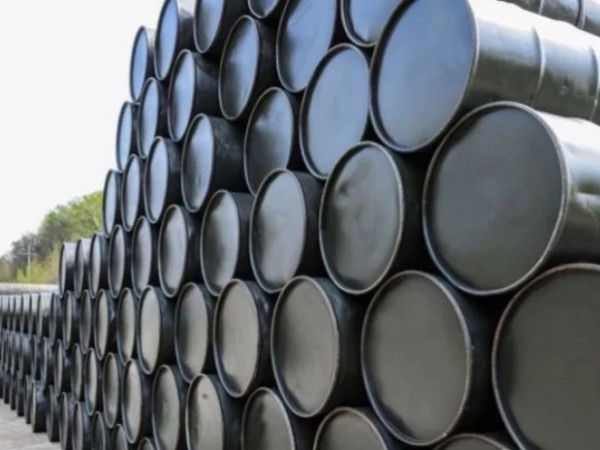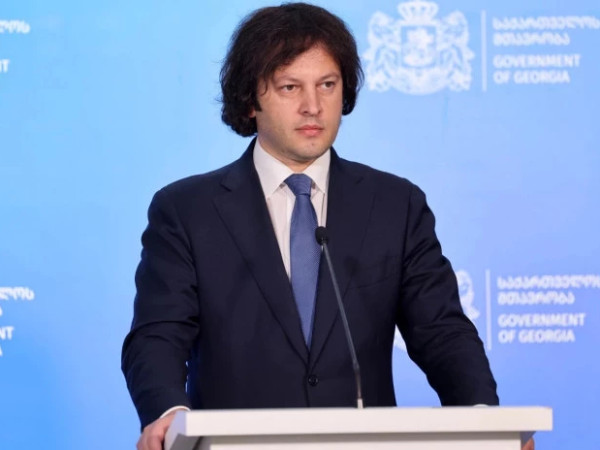Eight member states of OPEC+ — the Organization of the Petroleum Exporting Countries and nonmember partners such as Russia — agreed Sunday to increase oil production by nearly 137,000 barrels per day starting next month, marking the seventh consecutive month of output hikes.
The move reflects a shift in strategy: prioritizing market share even at the expense of lower oil prices. Since the beginning of this year, these countries — including Saudi Arabia, the United Arab Emirates (UAE) and Russia — have collectively added 2.5 million barrels per day to the market, equivalent to about 2.4 percent of global demand.
For years, OPEC+ maintained production cuts to support prices. But with growing concerns about weaker demand due to the spread of electric vehicles and a slowdown in Chinese consumption — coupled with U.S. pressure to bring down oil prices — the group has shifted toward expansion.
The volume added between April and September fully offset the third round of output cuts carried out in 2023, which had reduced supply by 2.2 million barrels per day. With the latest decision, the second round of cuts imposed in April 2023 — 1.65 million barrels per day — will also effectively be neutralized starting next month.
At the current pace, industry analysts expect those cuts to be fully erased by September next year. Reuters described the move as “[unwinding] a second tranche of cuts more than a year ahead of schedule.”
Despite rising production, oil prices have only fallen by about 12 percent this year. Brent crude hit a low of $58 per barrel in April but has since stabilized between $65 and $70 over the past five months, supported by Western sanctions on Russia and Iran as well as seasonal travel demand.
“OPEC+, which pumps about half of the world’s oil, had been curtailing production for years to support prices, but has more recently shifted course in a bid to boost market share,” the Wall Street Journal reported.
Still, industry watchers warn that oversupply could drive prices down sharply in the fourth quarter. Global oil supply is expected to outpace demand by nearly 3 million barrels per day from next month through the end of 2026, according to the International Energy Agency (IEA).
Ahead of the OPEC+ meeting, expectations of increased output pushed prices lower. West Texas Intermediate (WTI) crude on the New York Mercantile Exchange closed at $62.12 per barrel on Friday, down 5.7 percent from $65.59 three days earlier. On the same day, Brent crude traded around $66 per barrel on London’s ICE Futures Exchange.


















